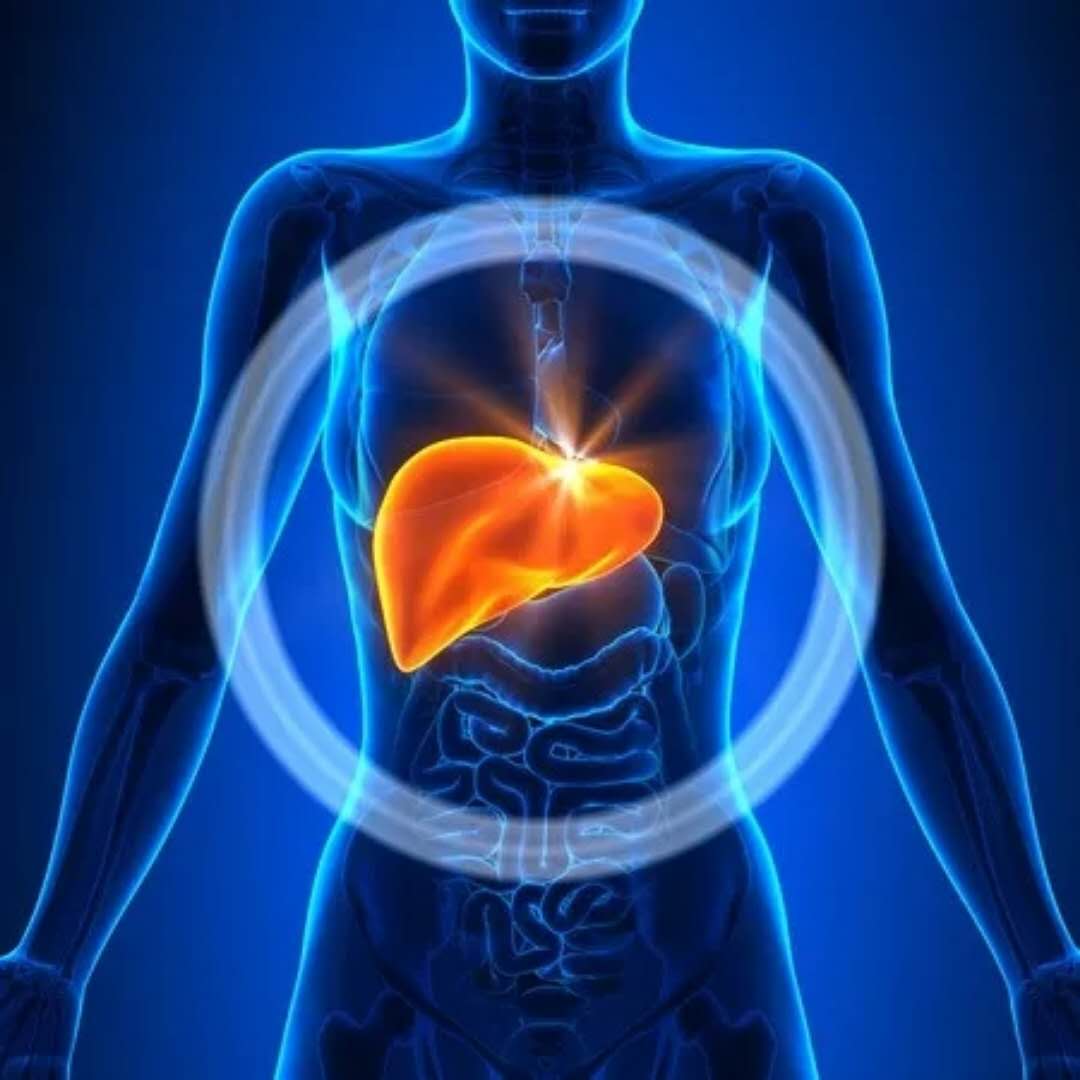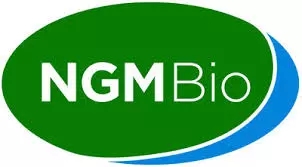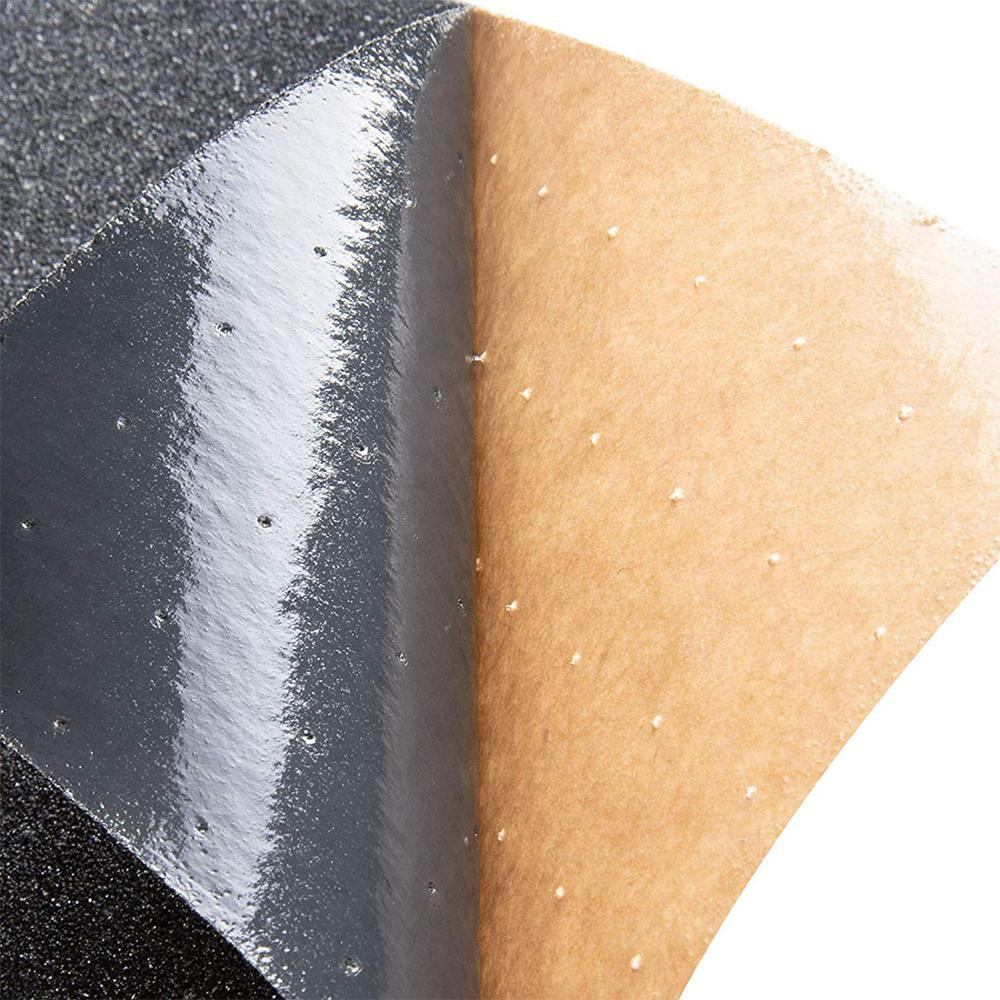Summary of research progress in the field of liver diseases (03.23)
March 23, 2018 Source: WuXi PharmaTech
Window._bd_share_config={ "common":{ "bdSnsKey":{ },"bdText":"","bdMini":"2","bdMiniList":false,"bdPic":"","bdStyle":" 0","bdSize":"16"},"share":{ }};with(document)0[(getElementsByTagName('head')[0]||body).appendChild(createElement('script')) .src='http://bdimg.share.baidu.com/static/api/js/share.js?v=89860593.js?cdnversion='+~(-new Date()/36e5)];1. Diabetes drugs have the potential to treat NAFLD
Non-alcoholic fatty liver disease (NAFLD) is common in patients with type 2 diabetes. NAFLD can develop into a serious liver disease including nonalcoholic steatohepatitis (NASH), and its treatment is very limited. Recently, studies have found that the new type 2 diabetes drug empagliflozin can reduce liver fat in patients with NAFLD and diabetes. The result, called the E-LIFT trial, was presented at the 100th Annual Meeting of the Endocrine Society (ENDO 2018) in Chicago, USA.

â–²Image source: 123RF
Empagliflozin is a sodium-glucose co-transporter 2 (SGLT2) inhibitor. SGLT2 is the major transporter that reabsorbs glucose back into the bloodstream in the glomerulus. By inhibiting the action of SGLT2, empagliflozin reduces the reabsorption of glucose in the kidneys, allowing more glucose to escape through the urine, thereby lowering the level of glucose in the blood.
This randomized, controlled study included 50 patients over the age of 40 with type 2 diabetes and NAFLD. Patients were randomized to receive empagliflozin (10 mg per day) plus standard medications for type 2 diabetes, such as metformin and/or insulin, or only standard medications for type 2 diabetes without empagliflozin. At the beginning of the study and after 20 weeks, the patient measured liver fat by measuring blood enzyme levels and measuring the proton density fat fraction derived from magnetic resonance imaging (MRI). The data showed that after 20 weeks of treatment, the liver fat of patients receiving empagliflozin decreased from 16.2% to 11.3%, while the control group decreased from 16.4% to 15.6%. There was a statistically significant difference between the two.
Dr. Ambrysh Mithal, a senior researcher at the study, said that in the rodent model, diabetes drugs of the same type as empagliflozin reduced liver fat content, but in humans, the effect of empagliflozin on liver fat has not been reported. "Although NASH has progressed to become a risk of cirrhosis and liver cancer, it has not been approved for the treatment of NASH or NAFLD, and drugs such as metformin, pioglitazone and vitamin E have limited efficacy in reducing liver fat," Dr. Mithal said: "Our results suggest that empagliflozin may help treat NAFLD."
2. Reverse the disease process! Small activating RNA is effective for a variety of liver diseases and liver cancer!
MiNA Therapeutics, a pioneer in RNA activation therapy, recently announced preclinical data on its MTL-CEBPA program. The results show that the compound can promote the reversal of disease progression in several liver disease models and reduce the tumor burden of liver cancer. MTL-CEBPA consists of CEBPA-51 small activating RNAs (saRNA) encapsulated in SMARTICLES® nanoparticles. Small activating RNAs have been shown to activate specific gene transcription, thereby upregulating expression of therapeutically potential proteins. Related papers were published in Oncogene.

MTL-CEBPA consists of double-stranded RNA formulated as SMARTRICLES® liposome nanoparticles and is designed to activate the CEBPA gene, a major regulator of liver function. MTL-CEBPA is the first drug candidate to be born from MiNA's RNA activation platform. A multi-center phase 1 clinical study called OUTREACH is currently underway. This is the first phase 1 clinical trial in patients with severe liver cancer to evaluate MTL- The safety and tolerability of CEBPA in patients with advanced liver cancer who do not meet standard therapies or who are resistant to standard therapies.
In this preclinical study, the researchers investigated the potential benefits of MTL-CEBPA in a series of models of severe liver disease, including advanced cirrhosis, nonalcoholic steatohepatitis (NASH), and liver cancer. The results showed that MTL-CEBPA restored the expression of the CEBPA gene. In advanced cirrhosis models, MTL-CEBPA significantly reversed liver fibrosis and liver dysfunction and improved survival. In the NASH model, MTL-CEBPA reversed hepatic steatosis. In the primary liver cancer model, MTL-CEBPA was also observed to result in improved liver function and a significant reduction in tumor burden. These findings validate the beneficial effects of up-regulating the expression of CEBPA in liver and liver cancer and are consistent with external data from liver disease models.
"Summarizing the beneficial effects observed in various liver disease models, the results support the unique role of MTL-CEBPA in the treatment of liver disease and liver cancer and the prospects are promising," MiNA CEO Robert Habib commented: "This is exciting. Preclinical data highlights the potential of saRNAs to upregulate gene expression and is a new treatment compared to traditional drugs."
3. The clinical trial results are positive! Compounds are expected to become new drugs for NAFLD and NASH
Recently, NGM Biopharmaceuticals announced several milestones regarding the development of NGM282. NGM282 is a new drug for the treatment of nonalcoholic steatohepatitis (NASH). The results of an exploratory phase 2 clinical trial in NASH patients showed improved histological measurements in patients receiving NGM282, in addition to the results of Phase 2 clinical trials of NGM282 in patients with primary sclerosing cholangitis (PSC) Significant improvements in the patient's fibrosis and liver injury markers were also shown. Related papers were published in The Lancet. The results will be announced at the International Liver Congress 2018 in Paris, France, in April this year.

Nonalcoholic fatty liver disease (NAFLD) is the most common chronic liver disease in many countries. There are approximately 75 to 100 million NAFLD patients in the United States, and it is also one of the major burdens of chronic liver disease in China. The treatment is very limited. NAFLD includes a range of chronic liver diseases, of which NASH is the most invasive type. The etiology of NAFLD and NASH is still not fully elucidated. The current standard of care is weight loss and healthy diet, and there is no FDA-approved treatment.
NMG282 is a non-tumorigenic variant of fibroblast growth factor 19 (FGF19), an endocrine gastrointestinal hormone that regulates bile acids and is responsible for glucose and lipid metabolism in vivo. Researchers believe that NMG282 can improve hepatic steatosis and inflammation and fibrosis associated with NAFLD and NASH.
In a randomized, double-blind, placebo-controlled phase 2 clinical trial, 166 patients aged 18-75 years from the United States and Australia participated in the trial. They confirmed NAFLD or NASH by tissue biopsy with a liver fat content of at least 8%. Participants were randomly assigned at a ratio of 1:1:1, receiving 3 mg or 6 mg of NGM282 per day, or a placebo injection. During the 12-week test period, it was tested every 2 weeks. To measure liver fat loss, the researchers used liver magnetic resonance imaging (MRI) with a proton density fat fraction. This imaging technique is extremely sensitive to changes in liver tissue compared to traditional methods of evaluating tissue samples under a microscope. The results showed that both the 3 mg and 6 mg doses of NGM282 allowed the liver fat content to change rapidly and continuously. Study participants were generally tolerant to NMG 282 without life-threatening events or patient death.
"The paper in The Lancet details the non-invasive imaging and biomarkers associated with NASH regression and fibrosis reversal in this 12-week, double-blind, placebo-controlled study. Great impact,†said Dr. Alex DePaoli, Chief Medical Officer of NGM Bio. “We look forward to sharing data from follow-up studies with the medical community to demonstrate the benefits of NGM282 in tissue imaging and biomarkers. Improved liver fibrosis and liver histology measurements in NASH patients."
Reference materials:
[1] Diabetes medicine reduces liver fat in nonalcoholic fatty liver disease
[2] MiNA Therapeutics Announces Publication of Pre-Clinical Data Supporting Therapeutic Potential of Clinical Candidate MTL-CEBPA in Liver Cancer and Liver Disease
[3] NGM Bio Announces Publication In The Lancet Of Phase 2 Study Of NGM282 In NASH Patients And Upcoming Presentations Of NGM282 NASH Histology Data And NGM282 PSC Data At The International Liver Congress 2018
Original Title: Summary of Research Progress in the Field of Liver Diseases (No. 36)
Skateboard Anti Slip Tape
We produce different kinds of skateboard grip tape, such as OS780, 80AB, 100AB. According to different demands of our customers, we use different base materials such as PP, PVC, Eco friendly PVC, PET, also can planted them with different grits such as carborundum, emery, aluminum oxide grit, glass sand, etc. We do customized sizes such as 9"x33", 240x1200mm, 210mmx820mm, and other sizes. We can die cut it to different special shapes for the grip tape, also can add vent hole on it. The most important thing is we have the most advanced printing machine which support customized printing on the surface and with very bright colors.




skateboard grip tape, grip tape skateboard, grip tape custom, wholesale skateboard grip tape, scooter grip tape
Kunshan Jieyudeng Intelligent Technology Co., Ltd. , https://www.jerrytape.com